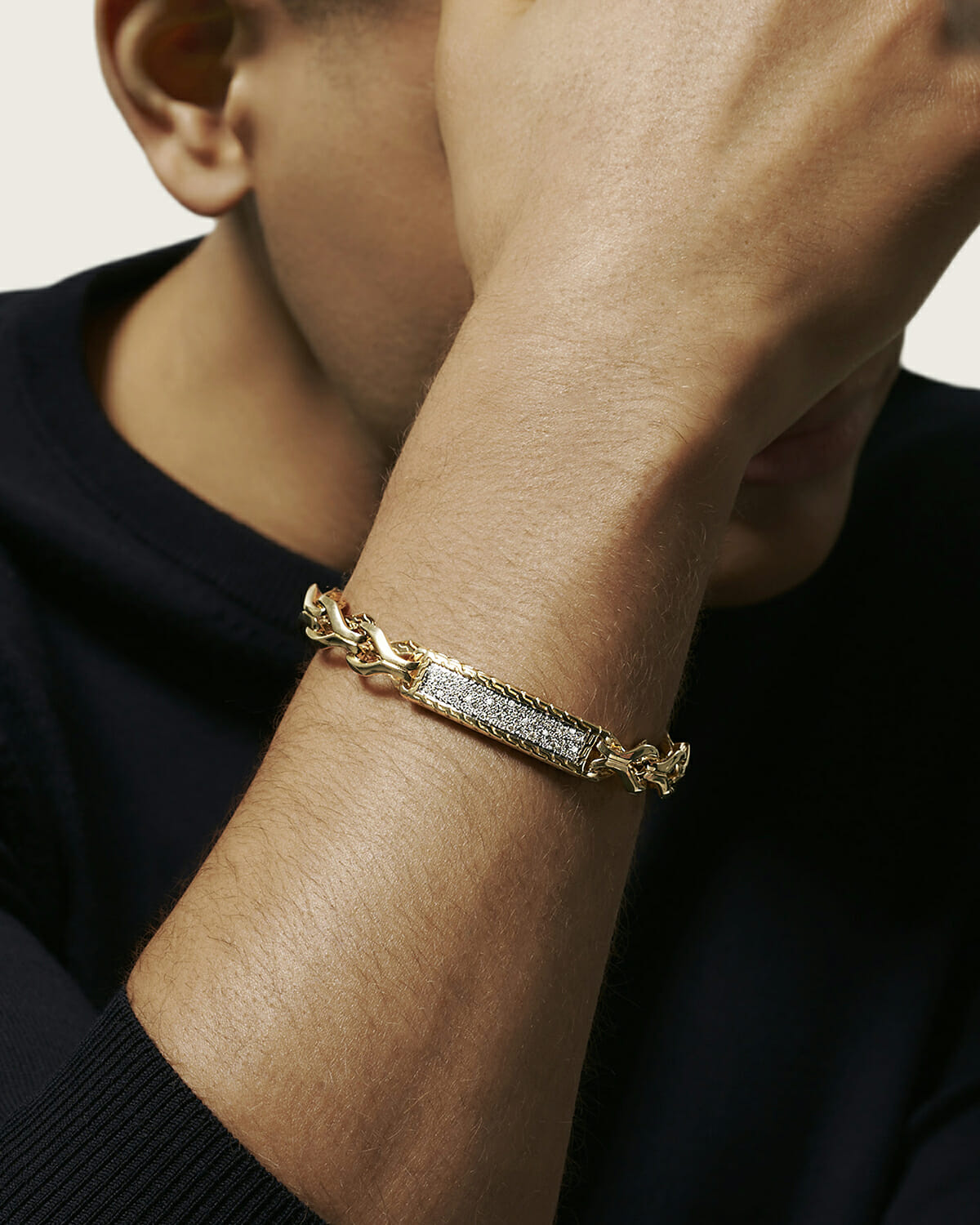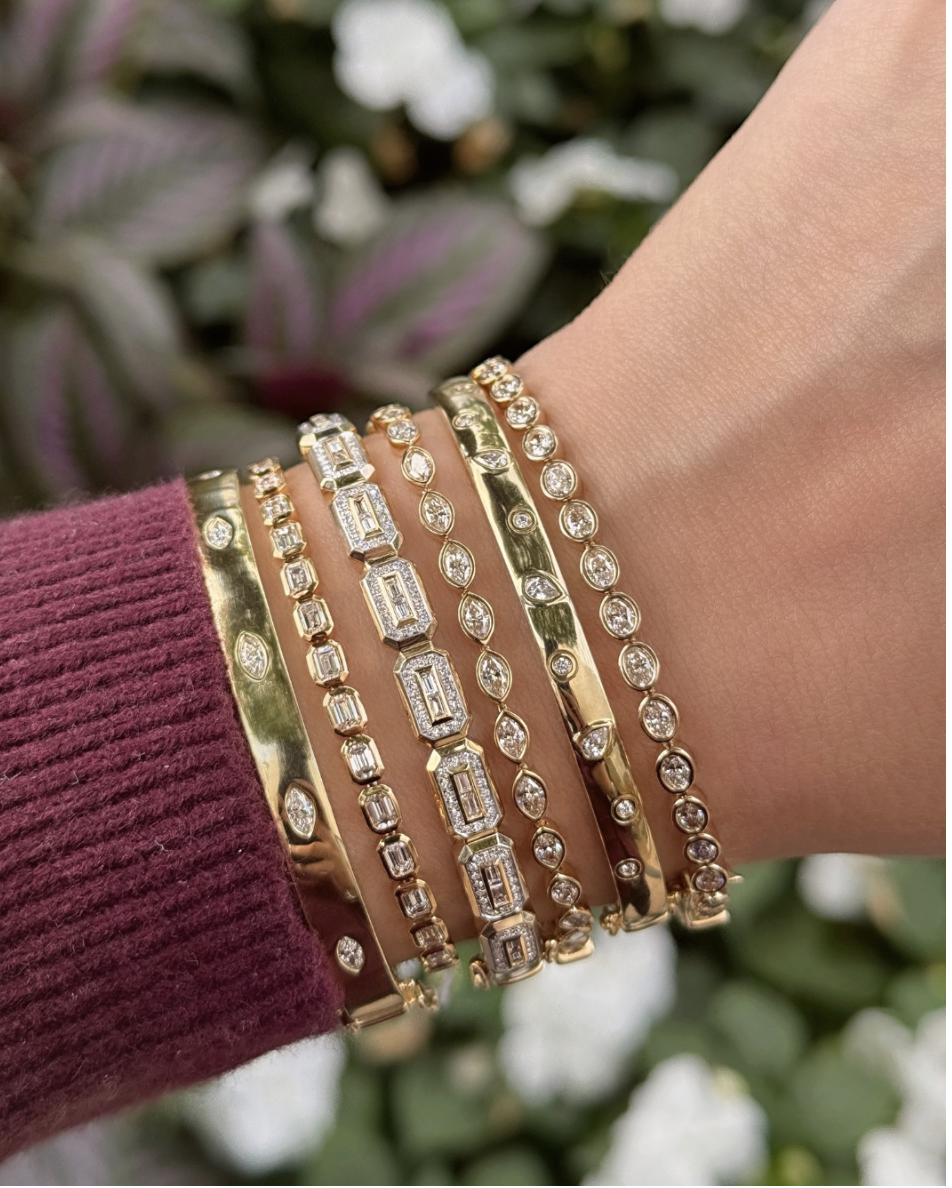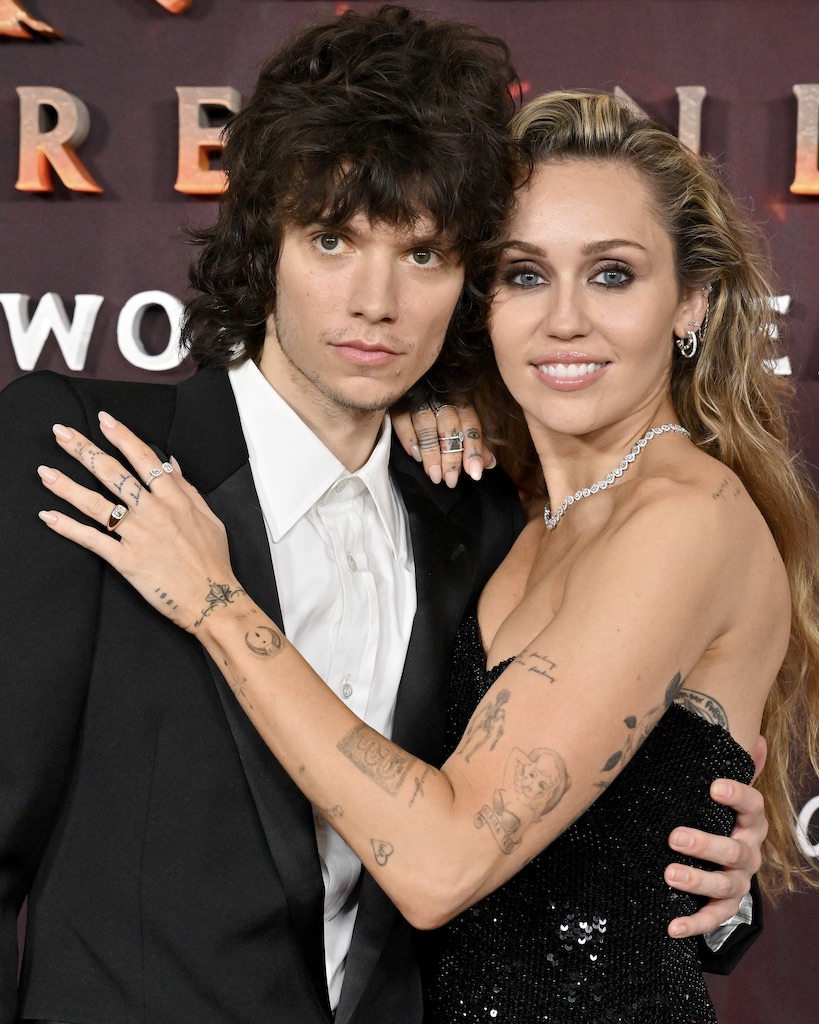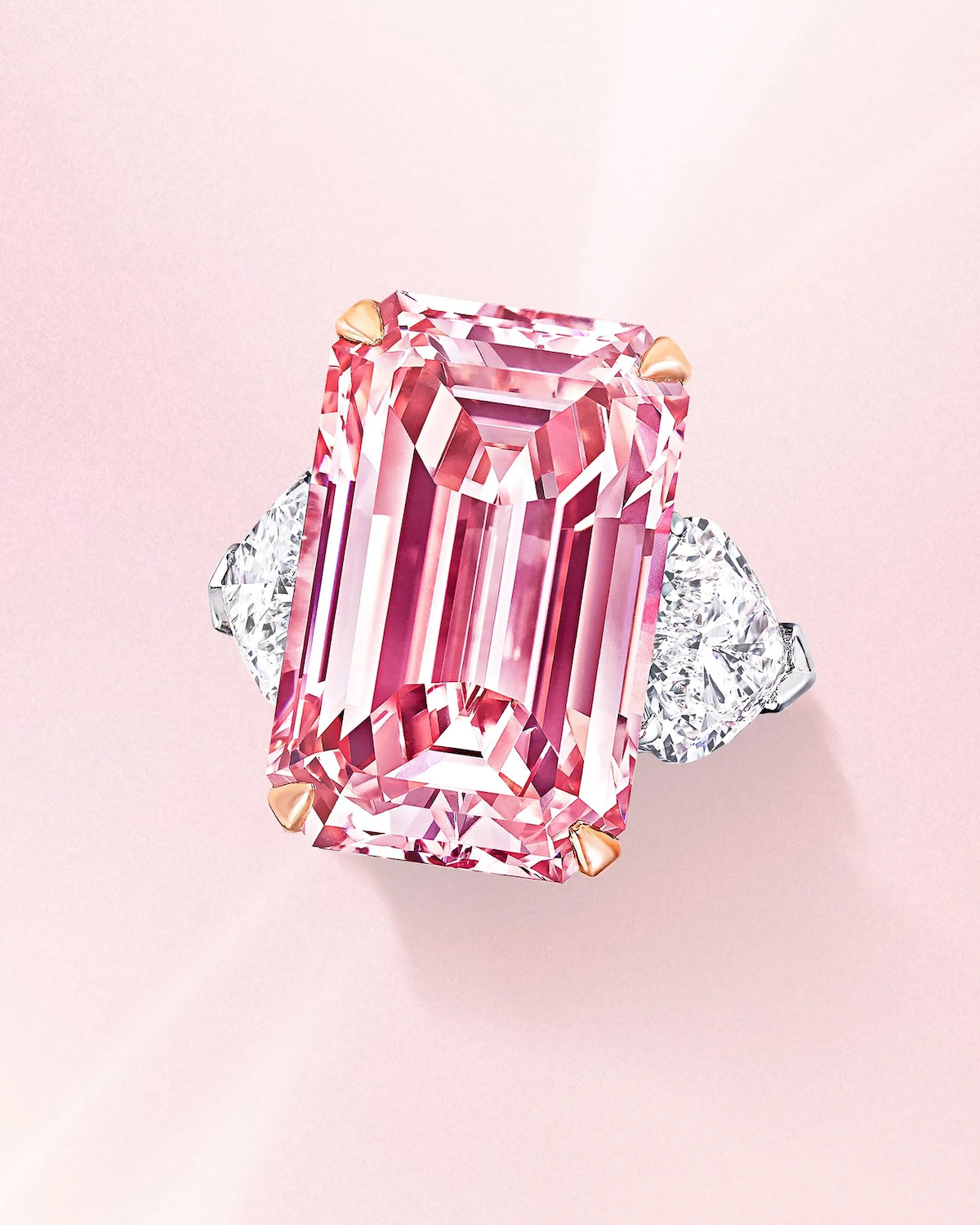Engagement Rings & Weddings
The Ultimate Guide to Buying a Natural Diamond Ring and Why It Will Never Go Out of Style
Find expert advice and insider tips on how to choose the perfect natural diamond for your engagement ring.
Words by: Jane Asher
Photographed by: Mark Lim
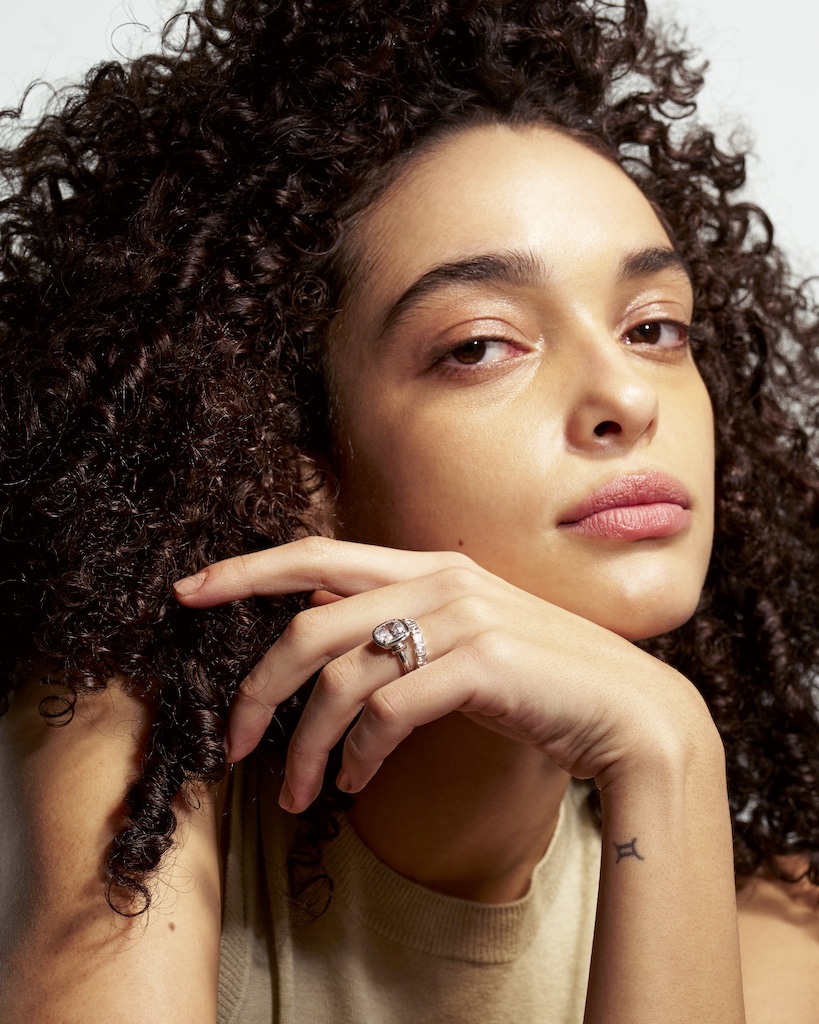
Shopping for a natural diamond ring is both exciting and overwhelming. Between the various cuts, settings, styles, and more, the options can seem endless. But, never fear, there are simple ways to narrow your search and end up with the perfect natural diamond that not only suits your style but will hold its value over time. Eventually, this diamond can become a family heirloom, passed down to the next generation.
Ahead, learn about the 4Cs, discover tips from the experts, and get advice from jewelry insiders on how to find the perfect natural diamond ring for you.
Meet the Experts

- Olivia Landau is the founder and CEO of The Clear Cut, a 4th-generation diamond expert and GIA Graduate Gemologist. She started The Clear Cut as an educational blog for friends and family and turned it into a multi-million-dollar D2C diamond jewelry company with her husband, Kyle.

- Eve Goldberg is the daughter of renowned diamond expert and jeweler William Goldberg. Today, she continues to uphold her family legacy at William Goldberg as one of the world’s most prestigious diamond jewelry houses.
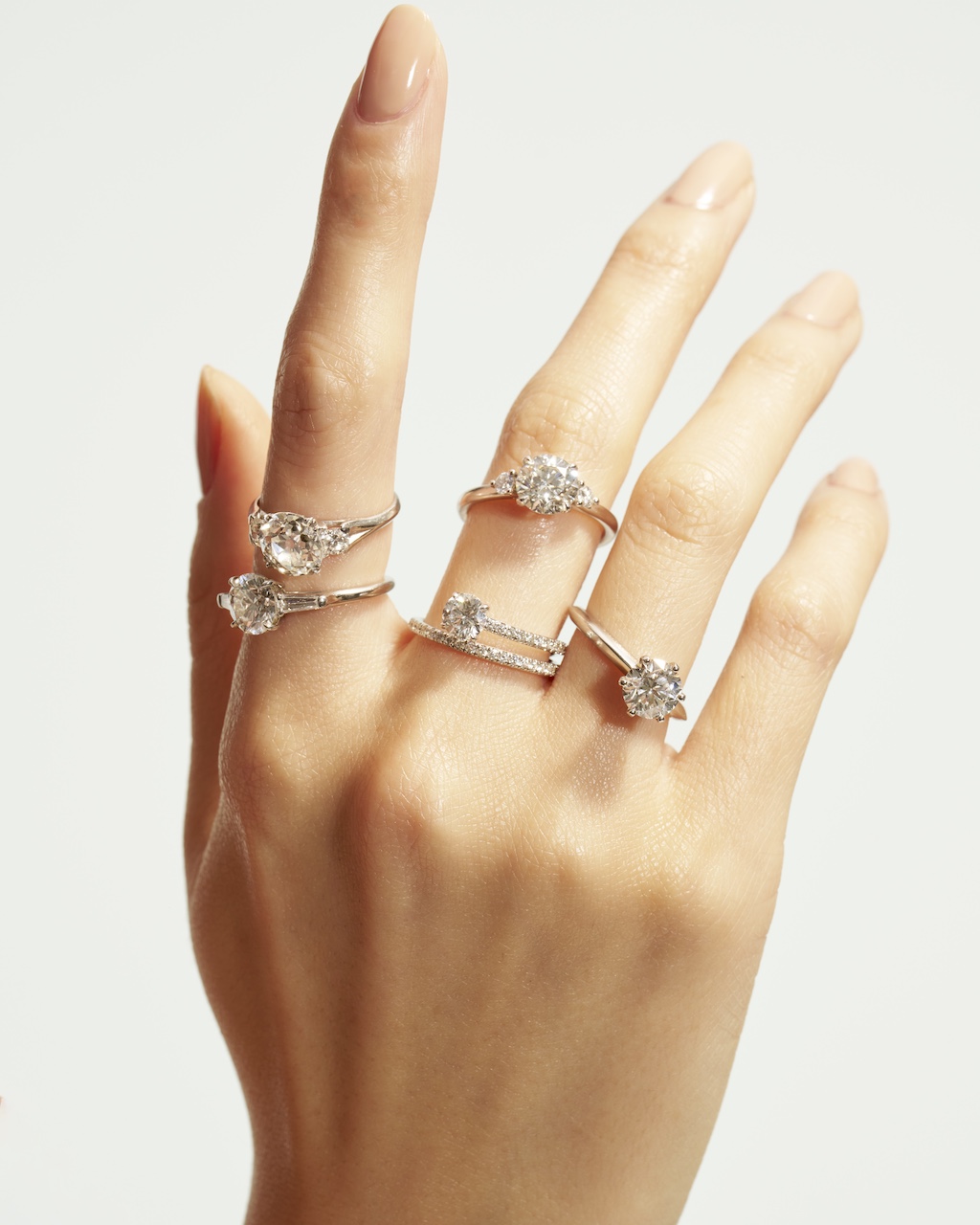
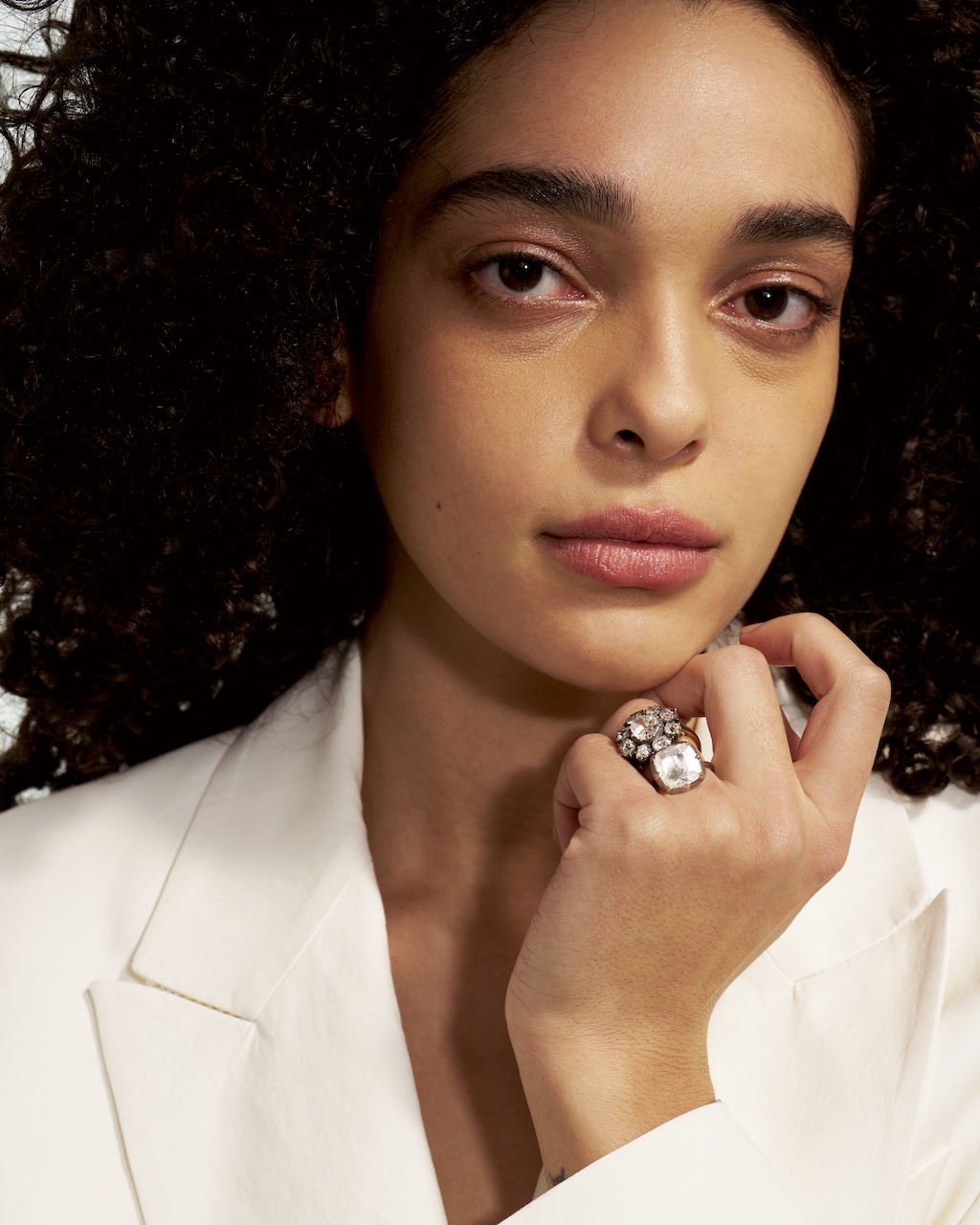
Determine a Budget for Your Natural Diamond Ring
Before you start looking at diamonds, it’s important to determine a budget. This budget will shape your search and ensure you don’t fall in love with a natural diamond ring that is out of your price range. Between finding the right cut, choosing an appropriate color, and determining what clarity is right for you, there are so many ways to find a diamond that fits your specifications.
For example, if your heart is set on a 3-carat diamond, it’s easy to play with color and clarity to find the right size stone within your set budget. Or, if you want a stone that is near-flawless, finding the right carat size within that color and clarity range is absolutely doable. In the United States, the average engagement ring costs $6,000, and there are plenty of options available from retailers and jewelers in various cuts, colors, clarities, and carat sizes within that price range.
“Take your time, do your research, and work with someone you trust,” suggests Olivia Landau of The Clear Cut, an NYC-based jeweler creating bespoke engagement rings and fine jewelry. “A diamond is such a personal and emotional purchase, and it’s easy to get caught up in specs and prices online. Focus on beauty and how the diamond makes you feel—don’t just chase numbers.”
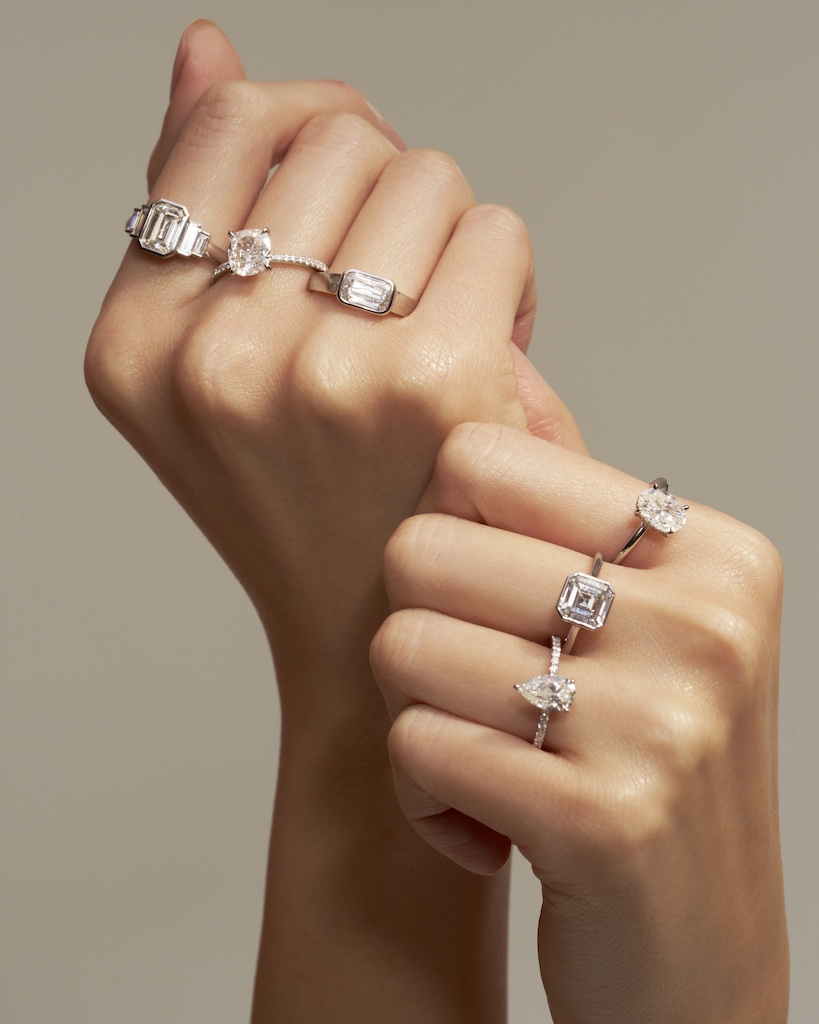
Other ways to get creative with your budget include finding a vintage stone with unique character and personality. Vintage cut diamonds, like the Old European and Old Mine cuts, are often less expensive than modern, brilliant cuts. Selecting an elongated shape like an oval or pear-cut diamond can look bigger than its actual carat size. Or selecting a carat weight just under milestone carat weights, like a 2.8-carat instead of a 3-carat, can also help lower costs.
No matter what size, shape or color natural diamond you choose, you can rest assured your diamond will hold lasting value, making it a meaningful investment you can pass down through generations.
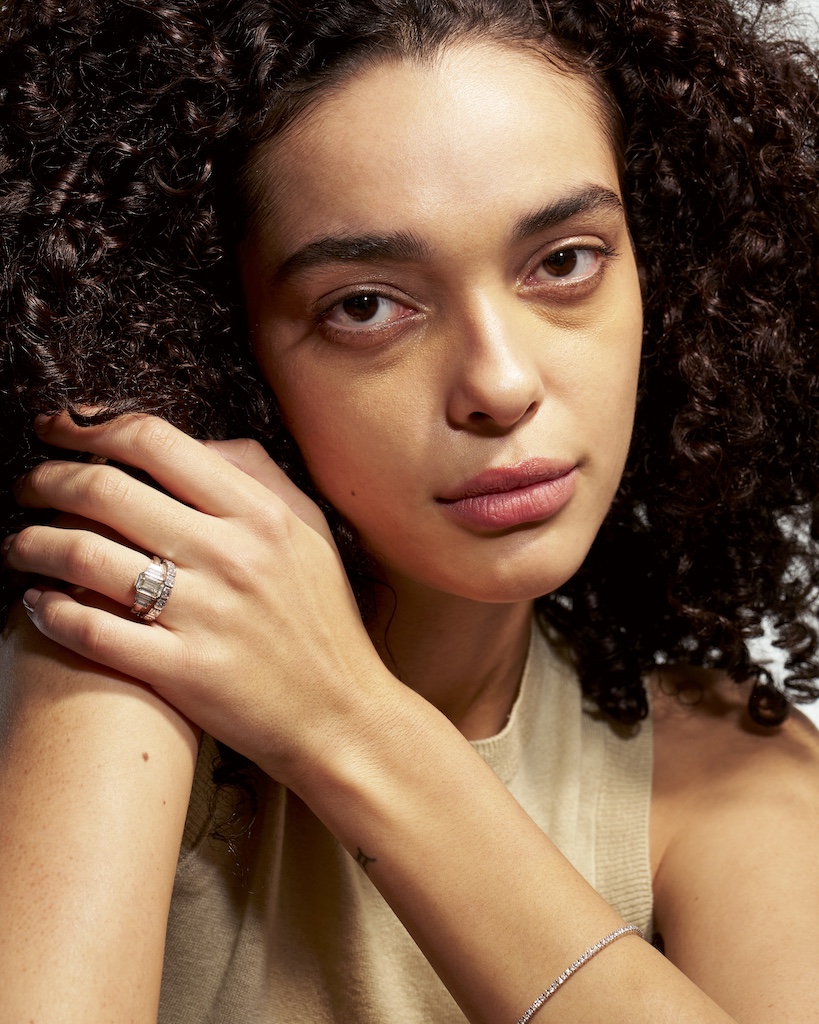
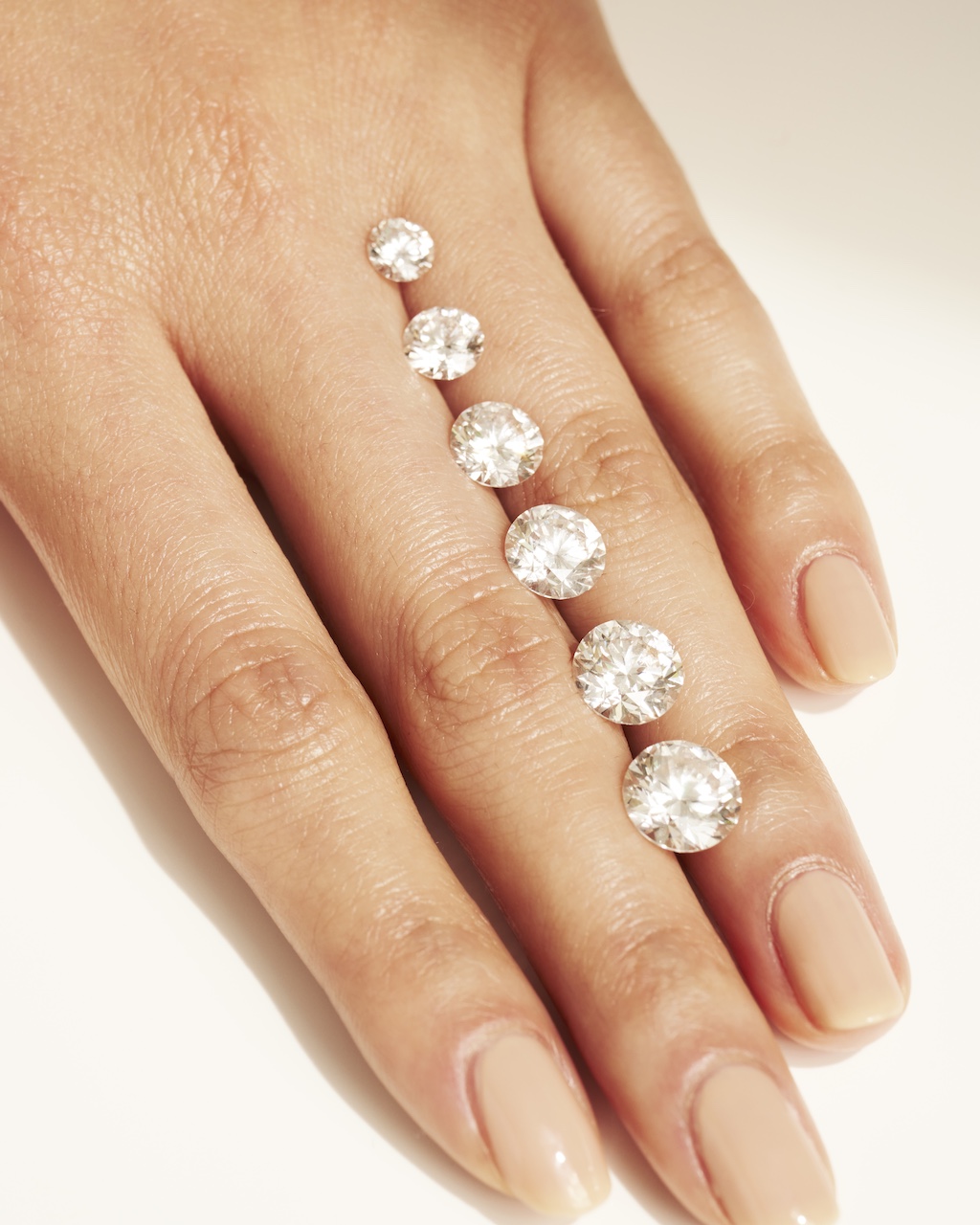
Why a Grading Report Matters for Your Natural Diamond Ring
No matter which diamond you select, ensure it comes with a grading report from an independent and reputable laboratory like the Gemological Institute of America (GIA). Grading reports provide valuable information about the diamond’s cut, color, clarity, and carat weight. However, it’s also important to remember that your diamond doesn’t have to be perfect on paper.
The grading report will detail your diamond’s 4Cs: Color, cut, clarity, and carat weight. While it is important to have a basic understanding of the 4Cs when shopping for your diamond, at the end of the day, as long as the diamond reflects your personal style and holds meaning within your love story, it’s the right diamond for you.
“Always make sure your diamond is GIA certified so you know exactly what you’re getting,” agrees Landau. “Work with a trusted expert who can guide you through the process and advocate for your needs. It should feel exciting—not stressful.”
“I always tell clients that the perfect diamond for them is the one they fall in love with,” says Eve Goldberg of William Goldberg, one of the most distinguished diamond jewelry house in the world. “My father would say, ‘just look at the diamond. Just look at it. Isn’t it beautiful?’ He was all about beauty.” Goldberg wants her clients to be able to wear their diamond ring comfortably, every day. “No matter how big it is, it should feel like it belongs on their hand naturally,” she says. “It shouldn’t sit in a safety deposit box because they’re worried about wearing it.”
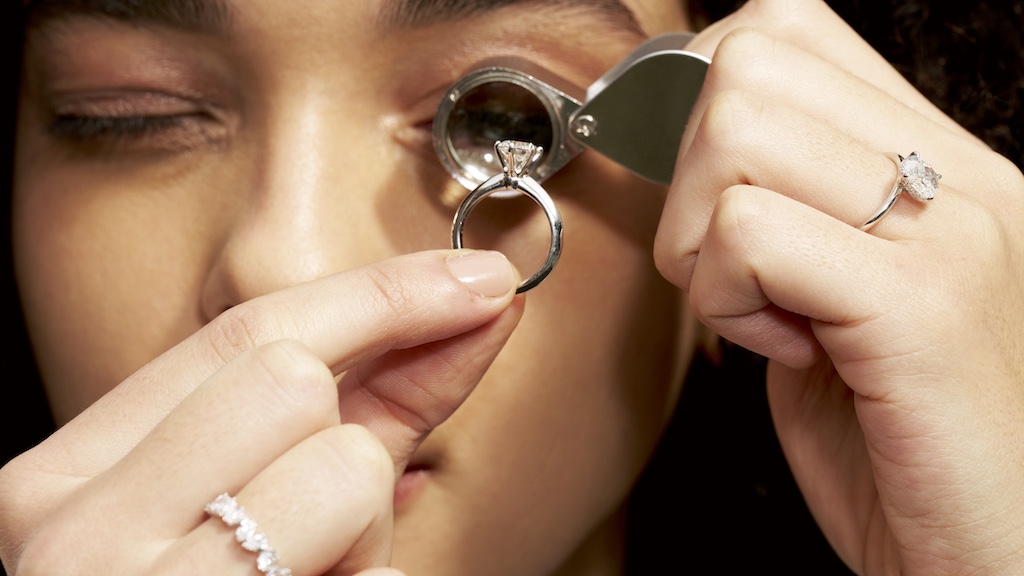
How the 4Cs Impact the Quality of a Natural Diamond Ring
Color, cut, clarity, and carat weight are the four determining factors that go into your diamond’s grading report. Color refers to the lack of hue, usually a yellow or brown shade, within your natural diamond. Color varies from D (colorless) to Z (heavily tinted brown or yellow). While many would assume Cut refers to the shape of the diamond, it refers to how it interacts with light and evaluates the craftsmanship behind its proportions, polish, and symmetry. Cut can be graded from excellent to poor.
Clarity refers to the absence of inclusions or blemishes within the diamond, and the scale ranges from Flawless (FL) to Included (I). Flawless diamonds are some of the rarest and most valuable in the world. Carat is perhaps the most obvious, measuring the weight of the diamond. One carat is equivalent to 200 milligrams, or 0.2 grams. Carat weight is often used as an indicator of a diamond’s size, though two diamonds of the same carat weight can appear different in size depending on their shape and how they are cut.
“I always suggest that a diamond’s cut is what makes it special, more than any certificate. Like my dad always said, the magic is in the make,” shares Eve Goldberg. “The number one rule is that a ring this important should speak to them, and I encourage them to try on a few different cuts and see how they feel.”
The magic is in the make.
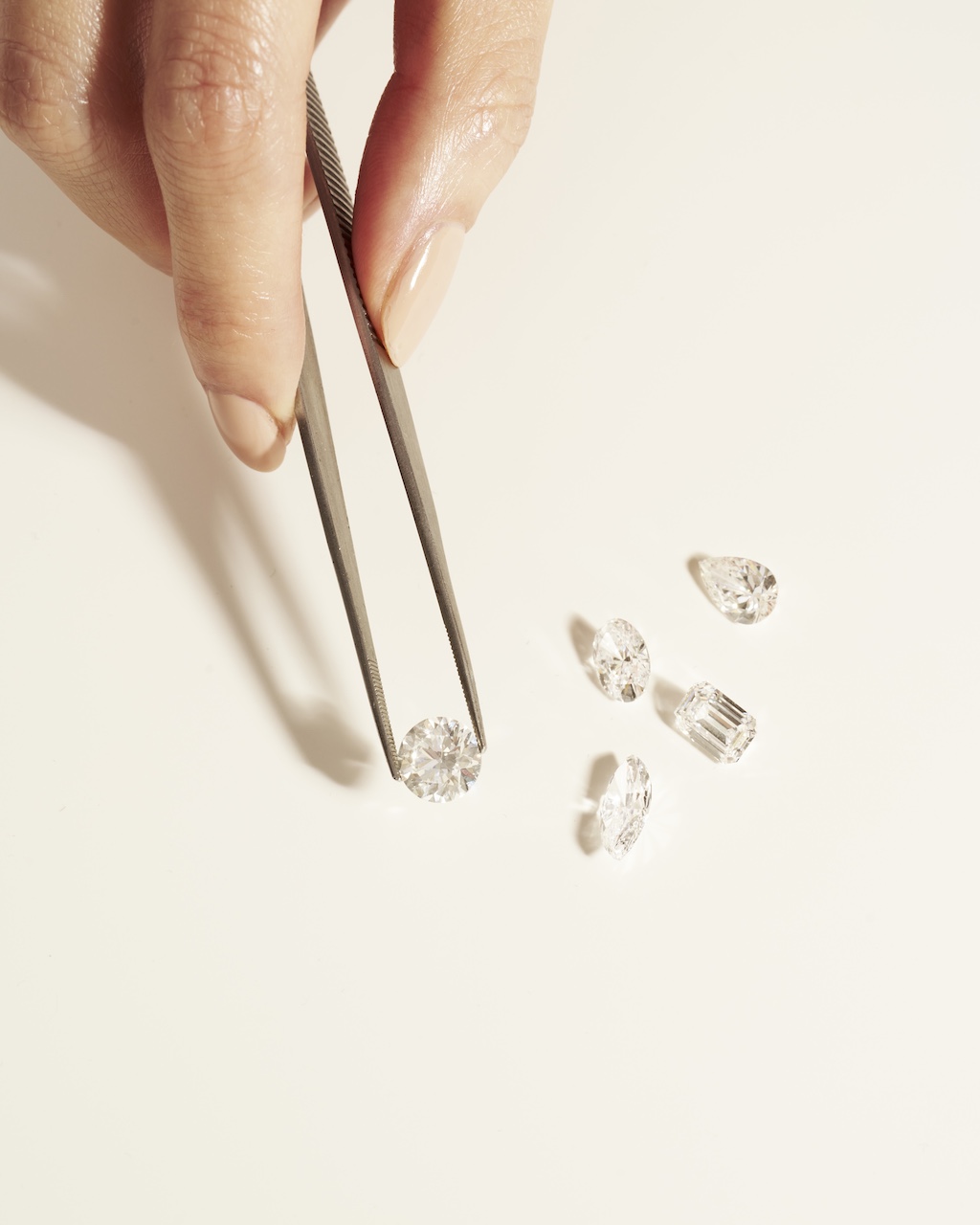

Try On Different Natural Diamond Ring Styles
If you are going into the natural diamond ring shopping process without an idea of how you want your ring to look, you’re in luck—trying on different diamond cuts and ring styles is a fun way to see what fits your style and feels right on your finger. Of course, scouring Pinterest and Instagram is a great way to see what’s out there, but nothing compares to touching, feeling, and trying on different ring styles in person. Find a local jeweler, and they will help you pick out styles and see what feels right for you.
“I always say: it’s not about finding ‘the best’ diamond—it’s about finding the best diamond for you,” shares Landau. “Everyone’s priorities are different, whether it’s size, shape, sparkle, or symbolism.”
Some styles to consider include a simple solitaire, a traditional three-stone setting, toi et moi styles, gypsy-set rings, and bezel-set rings—which are currently very on-trend—just to name a few. Different cuts include round brilliant, oval, the trendy pear-shape, marquise, traditional emerald, Ashoka cut, and vintage cuts like Old Mine-cut, Old European-cut, and rose-cut diamonds.
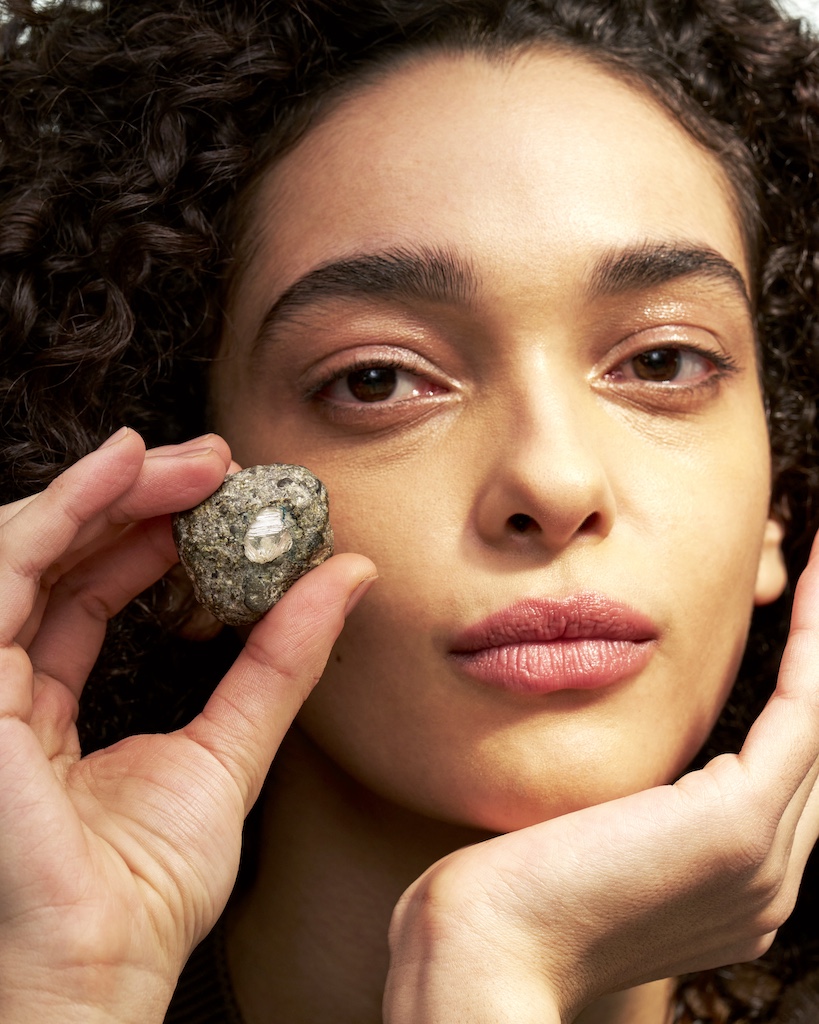
The Lasting Value of Choosing a Natural Diamond Ring
When shopping for a diamond, it’s important to keep in mind that a natural diamond purchase is a true investment in history and sustainability. They are geological marvels, formed deep in the Earth’s crust over billions of years. “Natural diamonds carry meaning in a way no other material can and every single one is completely unique,” agrees Landau. “I also love how natural diamonds give back to their producer nations and create a lasting positive impact on people and societies,” she adds. “There’s something incredibly romantic and grounding about working with a stone that existed long before us and will last for generations to come.”
